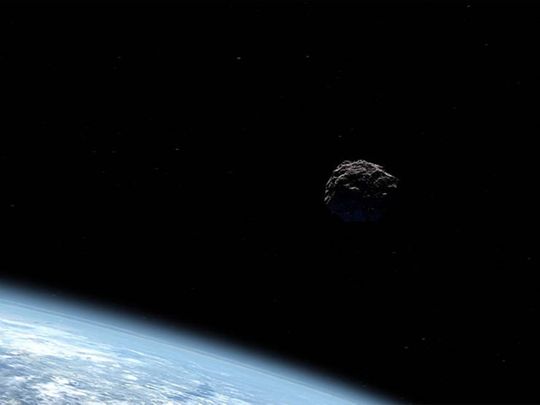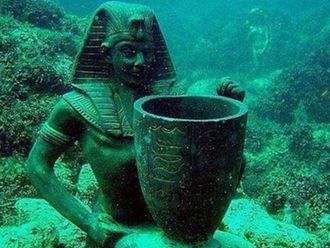
A gigantic asteroid, about four time the size of the Empire State Building in the US, is heading towards the Earth today. If you have access to a telescope, you may even be able to view it zooming by in the night sky.
Click start to play today’s Spell It, which helps us get “ready” for the astronomical event.
Called asteroid 7335, this particular hunk of rock orbits the sun every 570 days. But this time, it’s going to be a little too close to Earth for us to ignore. The asteroid will travel at 76,000km/h – 20 times faster than a fired bullet – and swing within 4 million kilometres of the Earth.
US space agency National Aeronautics and Space Administration (Nasa) labelled it “potentially hazardous” because of its massive size – it’s 1.8km in diameter – and the fact that it will be the largest asteroid to pass so close to Earth in 2022. If its orbit changes, and it sets itself on a collision course to Earth, it could do irreversible damage to our planet. It’s why Nasa has also begun testing the possibility of knocking this asteroid off course (and others too), using rockets, if ever required.
The idea of having to face down a speeding asteroid seems scary. But the reality is, it doesn’t happen as frequently as we would expect. According to a December 2016 report in the US-based business news website Forbes, the largest recorded impact in all of human history is the Barringer crater, in Arizona, US, which was caused by a meteor that hit Earth in 1908. But such events occur once in a few hundred or even thousand years.
The reason may be because our solar system has fewer potential impactors now, than at any other time in history. The chances of a city-destroying asteroid hitting Earth is below 0.1 per cent every year, according to the Forbes report. Moreover, because the majority of our planet is made up of water, if an asteroid does strike, it’s 70 per cent more likely to land in the ocean, and 25 per cent more likely to hit a relatively unpopulated area.
And according to Nasa’s measurements of the minimum orbit intersection distance (MOID), which evaluate the likelihood of a collision between an asteroid/comet and Earth, it appears that extinction-level events are so low-risk, that there is no danger of collision with Earth for more than the next 2,400 years.
Have you ever wondered about the possibility of Earth being struck by an asteroid? Play today’s Spell It and tell us at games@gulfnews.com.







